Buy the photo Peace and quiet on the beach by Stephan Scheffer on canvas, ArtFrame, poster and wallpaper, printed on demand in high quality.
About "Peace and quiet on the beach"
by Stephan Scheffer
About the artwork
Usually a beach consists of sand, sometimes pebbles or shells. Some beaches consist of volcanic sand and are black in colour. A beach has little or no vegetation, although on quiet beaches, such as on the island of Schiermonnikoog and near Nieuwvliet in Zeeuws-Vlaanderen, some salt-loving plants do grow locally, and some marram grass. Sometimes any dunes are counted as part of the beach. A coastal strip consisting of more solid material, such as rocks, or overgrown is often called shoreline. A beach along a sea or ocean is (partly) submerged at high tide. Usually a large part of the beach remains dry, but in exceptional circumstances (spring tide, onshore wind) the entire beach may be flooded. The upper limit of the beach (where vegetation begins) therefore also indicates how far the water can reach. On a beach along a sea or ocean, one generally finds seaweed, shells and jellyfish. Many things also wash ashore, such as wreckage, rubbish, things that have fallen off ships. Beachcombers are looking for valuable things to be found on the beach. In the Middle Ages, beach law existed: the right of the lord or local people to anything washed up on the beach. Customary in most western countries is that what washes ashore belongs to the rightful owner

About Stephan Scheffer
I love to go out into nature and do landscapes and macro photography.
and also likes to follow Workshops to create unique footage,
I would also be very honoured if my work were to hang on the wall at your place to add a little more colour to your interior...
Read more…
 Germany
Germany Ordered in October 2019
Ordered in October 2019
 Netherlands
Netherlands Ordered in May 2021
Ordered in May 2021
 Netherlands
Netherlands Ordered in December 2018
Ordered in December 2018
 Germany
Germany Ordered in February 2021
Ordered in February 2021
 Germany
Germany Ordered in June 2022
Ordered in June 2022
 Netherlands
Netherlands Ordered in July 2019
Ordered in July 2019
 Germany
Germany Ordered in June 2020
Ordered in June 2020
 Netherlands
Netherlands Ordered in December 2021
Ordered in December 2021
 Netherlands
Netherlands Ordered in September 2019
Ordered in September 2019
 Netherlands
Netherlands Ordered in December 2021
Ordered in December 2021
 Germany
Germany Ordered in September 2019
Ordered in September 2019
 Netherlands
Netherlands Ordered in December 2021
Ordered in December 2021
About the material
ArtFrame™
Interchangeable Art Prints
- High-quality print
- Easily interchangeable
- Acoustic function
- Large sizes available
Discover the artworks of Stephan Scheffer
 Black and whiteStephan Scheffer
Black and whiteStephan Scheffer Long-eared owlStephan Scheffer
Long-eared owlStephan Scheffer Street in NewcastleStephan Scheffer
Street in NewcastleStephan Scheffer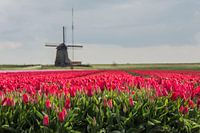 Tulips and MillStephan Scheffer
Tulips and MillStephan Scheffer European eagle owlStephan Scheffer
European eagle owlStephan Scheffer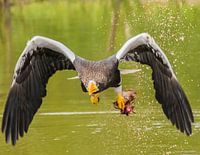 Steller's Osprey in flightStephan Scheffer
Steller's Osprey in flightStephan Scheffer Angry Red Kite.Stephan Scheffer
Angry Red Kite.Stephan Scheffer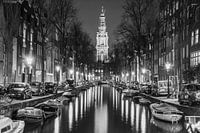 The West TowerStephan Scheffer
The West TowerStephan Scheffer The griffon vultureStephan Scheffer
The griffon vultureStephan Scheffer Portrait LionStephan Scheffer
Portrait LionStephan Scheffer FocusStephan Scheffer
FocusStephan Scheffer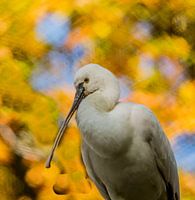 Spoonbill with autumn coloursStephan Scheffer
Spoonbill with autumn coloursStephan Scheffer Resting Pink PelicanStephan Scheffer
Resting Pink PelicanStephan Scheffer A little tiredStephan Scheffer
A little tiredStephan Scheffer Good pooh.Stephan Scheffer
Good pooh.Stephan Scheffer The Great KuduStephan Scheffer
The Great KuduStephan Scheffer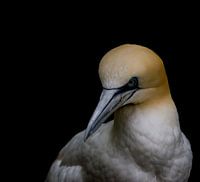 The Jan-van- GhentStephan Scheffer
The Jan-van- GhentStephan Scheffer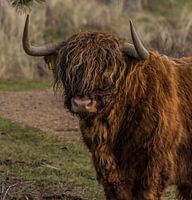 Scottish HighlanderStephan Scheffer
Scottish HighlanderStephan Scheffer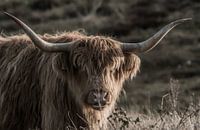 Female Scottish HighlanderStephan Scheffer
Female Scottish HighlanderStephan Scheffer ( Cherry) Blossom in full bloomStephan Scheffer
( Cherry) Blossom in full bloomStephan Scheffer
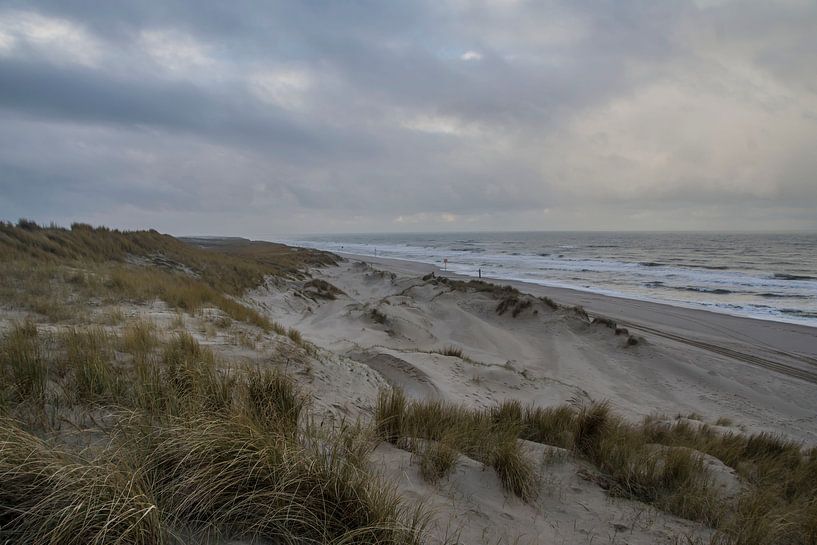







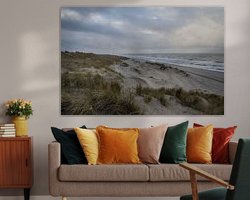




 Beach
Beach Long Exposure Photography
Long Exposure Photography Oceans and seas
Oceans and seas Photo wallpaper
Photo wallpaper Photography
Photography Serene Peace
Serene Peace Sun
Sun Water
Water









